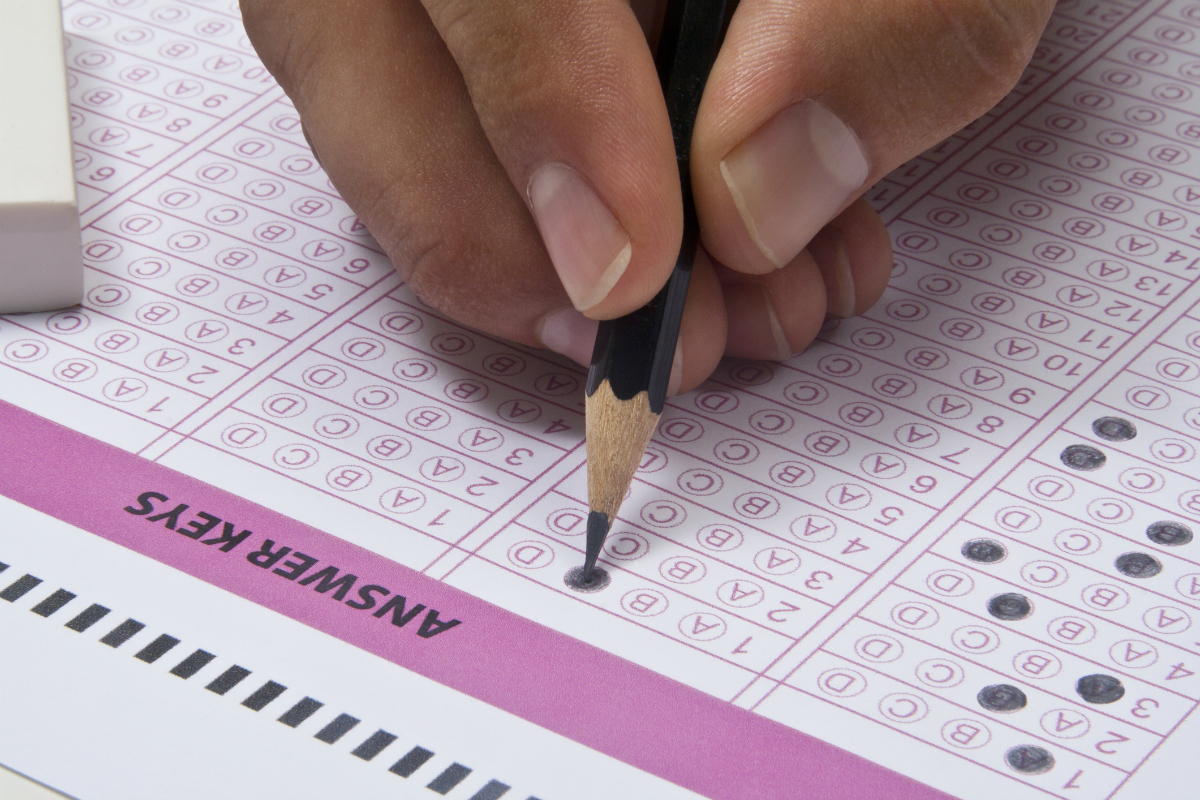April is Financial Literacy Month — the perfect time to revisit Champlain College Center for Financial Literacy’s 2023 national report card on high school financial literacy.
Released in December, the report details the state of financial literacy education nationwide, providing recommendations for expanding access, the long-term positive impacts of maintaining strong financial practices and more.
Financial literacy is linked to positive outcomes including effective retirement planning and the ability to spot and avoid high-cost alternative financial services, according to the report.
“Requiring all high school students to take a financial literacy course, regardless of their race, ethnicity or economic status, is an important step toward reducing inequality,” the report states. “High school graduates with a strong foundation in personal finance concepts will have the tools they need to make informed decisions about saving, investing and managing debt. These important skills should help students break the cycle of poverty and narrow persistent income and wealth gaps.”
In 2023, 1.7 million students attended high schools in states that received an A grade from the Center for Financial Literacy, while in 2028, there are projected to be 6.4 million students attending school in grade A states. More than four out of 10 U.S. high school students are projected to be enrolled in high schools where a stand-alone, full-semester course in personal finance is required before graduating, the report states.
Much of the momentum can be attributed to the availability of free, online curricular resources offered by state departments of education and other organizations. However, as has been the case with the expansion of ethnic studies and other courses, ensuring that there are enough teachers trained to teach these courses will be critical.
“The good news is that, with personal finance education sweeping across the nation, we are close to reaching 50 percent of all high school students,” John Pelletier, director of the center, said in a statement. “The challenge now becomes training thousands of teachers to be confident in teaching personal finance.”
For example, the report notes, there will be a projected need for 30,000 highly trained personal finance educators in just the grade A and B states by 2028.
Untrained teachers often lack the confidence and knowledge to teach this complex subject well, according to the report. Students who learned personal finance from educators with graduate-level training in teaching personal finance showed significant knowledge gains in all test topics and reported some improvement in most personal finance behaviors measured.
California
California received an F grade from the center for, in part, not including personal finance as a graduation requirement, either as a stand-alone course or embedded in another course, and not requiring schools to offer financial literacy courses.
However, change may be on the horizon. Advocates are seeking to make all high school students, as a condition of graduation, take at least a one-semester class in financial literacy through one of two methods: a November ballot initiative and state legislation.
Under Assembly Bill 2927 (McCarty, D-Sacramento) high school students would be required to complete one semester of a financial literacy class. Such a course must be offered in the 2026–27 school year, and would be a graduation requirement for the class of 2030.
“Financial literacy is a necessity for California students. Most go into college or the workforce without any knowledge of personal finance,” McCarty said in a statement. “This is a time where young people are bombarded with credit card offers which can lead to thousands of dollars in debt. Taking a finance class in high school can help students make smart money decisions that will benefit them throughout their adult life.”





